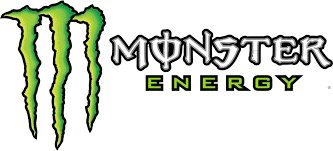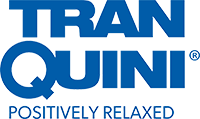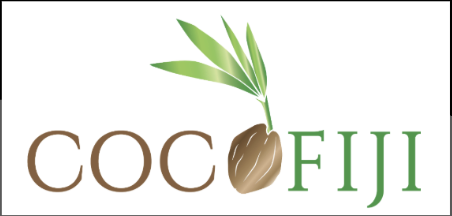The Vietnam spirits market is emerging as a promising sector within Southeast Asia’s broader alcoholic beverage landscape. In 2023, the spirits segment in Vietnam reached a market size of 51.1 million liters, a robust indicator of rising demand despite challenges from regulatory pressures and evolving consumer behaviors. While beer remains the dominant alcoholic choice in Vietnam, accounting for a substantial portion of alcohol consumption, spirits are rapidly gaining traction, particularly among younger, urban consumers who seek premium, craft, and imported options.
The Vietnam spirits market is positioned as a significant growth sector in Asia, ranked third in alcohol consumption on the continent and second in Southeast Asia. Future projections indicate a steady growth rate of around 9.58% CAGR from 2023 to 2030, supported by an expanding middle class, increased disposable incomes, and an interest in experiential drinking. As Vietnam’s economy grows and lifestyles evolve, the spirits market is set to capture the attention of global investors and brands seeking to capitalize on its upward trajectory and potential for premiumization.
Market Overview of the Vietnam Spirits Market
The Vietnam spirits market has become increasingly diversified, expanding its footprint beyond traditional local liquors to include an array of popular imported and craft spirits. In 2023, the market size for spirits in Vietnam reached 51.1 million liters, accounting for a growing share within the country's alcoholic beverage sector. Though spirits still trail beer in overall consumption, they hold significant appeal among urban consumers and younger demographics seeking premium and varied drinking experiences.
Among the types of spirits favored in Vietnam, whiskey, vodka, rum, and gin are the most prominent. Whiskey and vodka are especially popular among young professionals in urban areas, while rum is enjoying a surge in interest thanks to the emergence of local craft producers like Rhum Belami and Sampan Rhum. Gin, led by brands like Lady Triệu and Song Cai Distillery, has also gained popularity, with consumers drawn to unique botanical flavors that reflect Vietnamese terroir. Craft and artisanal spirits are rapidly capturing market share, appealing to the growing demand for high-quality, locally-produced options.

Key Drivers Fueling the Vietnam Spirits Market
Rising Disposable Incomes and Middle-Class Expansion
Vietnam’s rapidly growing middle class, projected to double by 2030, is a powerful driver for the spirits market. With higher disposable incomes, consumers are increasingly interested in premium spirits, viewing them as a lifestyle upgrade and status symbol. According to the World Bank, Vietnam’s middle class is among the fastest-growing in Southeast Asia, fueling demand for high-quality, premium spirits that were once out of reach for many. This rising affluence also aligns with broader consumer interest in international and artisanal spirits, making Vietnam an attractive market for both local producers and global brands.
Shift Towards Premium and Craft Spirits
As Vietnamese consumers seek unique and high-quality drinking experiences, premium and craft spirits are capturing a larger market share. This trend is especially strong among younger urban consumers, who are drawn to the cultural stories, unique flavors, and artisanal processes behind craft spirits. Brands like Lady Triệu Gin and C-Brewmaster are tapping into this interest with products that highlight local botanicals and traditional distilling techniques, giving consumers a taste of Vietnamese heritage. Premiumization is expected to continue as the local spirits landscape matures, creating opportunities for high-end local and imported brands to thrive.
Influence of E-commerce and Digital Marketing
E-commerce has transformed the way spirits are marketed and consumed in Vietnam. Platforms like Shopee and Lazada have made it easier for consumers to purchase spirits online, particularly in urban areas where e-commerce is thriving. The COVID-19 pandemic accelerated this shift, with consumers increasingly opting for the convenience and variety offered online. Furthermore, digital marketing plays a critical role in reaching young, tech-savvy audiences, allowing brands to engage directly with consumers through social media and targeted advertising. This shift is particularly relevant for global and premium brands aiming to build their presence in Vietnam’s urban centers.
Increased Health Awareness and Demand for Low-Alcohol Options
Growing health consciousness is impacting consumption trends across Vietnam’s alcoholic beverage market. Many consumers, especially younger demographics, are seeking lower-alcohol options as part of a healthier lifestyle. This trend has opened the door for brands to introduce low-alcohol and non-alcoholic spirits, such as Heineken’s 0.0% alcohol beer, which has found a niche in Vietnam’s health-conscious consumer segment. This shift is also influenced by strict drink-driving laws, which promote responsible consumption and create a demand for lighter options that align with evolving consumer values.
Regulatory Environment and Tax Increases
Vietnam’s strict regulatory environment is both a challenge and a driver for the spirits market. The zero-tolerance drink-driving law introduced in 2019 significantly curbed social drinking in bars and restaurants, prompting consumers to shift to home consumption. Additionally, the government plans to increase the special consumption tax on alcoholic beverages to 100% by 2030, aiming to discourage overconsumption. While this presents cost challenges for brands, it also encourages market diversification as companies introduce innovative products to adapt to regulatory changes and target different consumer segments.

Emerging Trends in the Vietnam Spirits Market
Growth of Local Craft Distilleries
Vietnam’s spirits market is witnessing a boom in local craft distilleries, with brands like Song Cai Distillery and Rhum Belami setting a new standard for high-quality, locally-produced spirits. These brands use Vietnamese botanicals and traditional ingredients to create unique flavors, appealing to consumers’ desire for authenticity and cultural heritage in their drinking experiences. Craft spirits emphasize artisanal production methods, sustainable sourcing, and small-batch quality, making them highly popular among urban and young adult demographics. This trend positions Vietnam’s local spirits industry as an increasingly relevant player in Southeast Asia’s premium spirits market.
Surge in Experiential and Cultural Marketing
Vietnamese consumers, especially the younger generation, value experiences over simple product purchases, leading spirits brands to adopt experiential marketing strategies. Craft brands like Lady Triệu Gin host tasting events and distillery tours, allowing consumers to engage with the product on a deeper level and gain insights into its production and cultural significance. This trend extends to premium and imported spirits, which are often marketed through exclusive events and brand partnerships with luxury venues. Experiential marketing helps brands build loyalty and appeal to a demographic that values social and cultural connections in their consumption choices.
Popularity of Spirits as Gifts and Status Symbols
Spirits have become popular choices for gifting and are increasingly viewed as status symbols among Vietnamese consumers. This trend is particularly strong in Northern Vietnam, where high-quality packaging and brand reputation play a significant role in consumer decision-making. Imported and premium spirits, including Japanese whiskey and French cognac, are especially prized for gifts, reflecting wealth and sophistication. Brands have responded by creating limited-edition gift sets, enhancing their appeal during festive periods and holidays. This gifting culture continues to grow as Vietnam’s middle class expands, with consumers willing to pay more for quality and brand prestige.
Rise of Foreign Brands and International Collaborations
Foreign brands, particularly Japanese and Western spirits, are making inroads into Vietnam’s market, aligning with the rising preference for premium, imported products. Japanese brands such as Suntory and Choya are especially popular, leveraging Vietnam’s free trade agreements, which reduce tariffs and make foreign spirits more accessible. Additionally, international collaborations are increasing, with global brands partnering with local distributors or launching products tailored to Vietnamese tastes. This influx of foreign brands provides consumers with a wider array of choices and helps elevate the overall quality standard in Vietnam’s spirits market.
Expansion of Low- and Non-Alcoholic Spirits
The demand for low- and non-alcoholic spirits is gradually rising in Vietnam, spurred by health-conscious consumers and regulatory pressures. Following strict drink-driving laws and rising health awareness, more brands are introducing low-alcohol or alcohol-free options to the market. This trend aligns with a global shift toward mindful drinking, allowing consumers to enjoy the flavors of premium spirits without the full alcohol content. For instance, Heineken’s 0.0% alcohol beer has set a precedent in the Vietnamese market, encouraging spirits brands to explore similar options that align with evolving lifestyle choices and regulatory expectations.
Key Challenges in the Vietnam Spirits Market
Stringent Regulatory and Tax Environment
Vietnam's regulatory framework for alcoholic beverages is among the strictest in Southeast Asia, posing significant challenges for the spirits market. The zero-tolerance drink-driving law introduced in 2019 has shifted consumption patterns away from social drinking, affecting sales in bars and restaurants. Additionally, the proposed increase in the special consumption tax - set to rise to 100% by 2030 - will elevate the costs for consumers and brands alike. These tax hikes are part of the government’s efforts to curb excessive drinking, but they also create financial pressure for both local and international spirits companies.
High Production Costs and Supply Chain Disruptions
The spirits industry in Vietnam faces high production costs due to fluctuating prices of raw materials and supply chain disruptions. Since 2020, global supply issues have driven up costs for ingredients and packaging, directly impacting profit margins. Local brands, particularly those producing craft spirits, are especially vulnerable to these rising expenses. Additionally, imported materials for premium products face tariffs, further increasing costs for high-end spirits. Many companies struggle to balance quality with affordability, a dilemma that affects competitive positioning and consumer accessibility within the spirits market.
Intense Competition from Foreign and Domestic Brands
Vietnam’s spirits market is highly competitive, with foreign brands like Suntory and Choya competing alongside local brands such as Song Cai and Lady Triệu. The appeal of imported products, often seen as high-quality and prestigious, challenges domestic brands attempting to capture premium market segments. Additionally, the influx of foreign brands due to Vietnam’s free trade agreements has intensified competition, leading to price pressures and brand loyalty challenges. Local brands must innovate continuously to differentiate themselves in a crowded market, a task that requires significant investment in marketing and product development.
Shifts in Consumer Behavior Towards Health-Conscious Choices
As health awareness grows among Vietnamese consumers, there is an increasing preference for low-alcohol and non-alcoholic beverages. This shift, influenced by both health trends and strict regulations, has led consumers to limit traditional spirit consumption in favor of healthier alternatives. While some spirits brands are adapting by introducing low-alcohol options, the market for full-strength spirits faces constraints in consumer demand. Brands that cannot pivot quickly toward this health-focused trend may find themselves at a disadvantage, especially as consumers increasingly view low-alcohol products as better suited for social gatherings and personal health goals.
Limited Access to Modern Retail Channels in Rural Areas
While urban areas in Vietnam benefit from extensive e-commerce and retail options, rural areas face limited access to modern retail infrastructure, impacting the distribution and visibility of premium spirits. Small, traditional grocery stores dominate rural alcohol sales, limiting brand exposure to a broader audience. This creates a geographical barrier for brands seeking national market penetration, as consumers in these regions may have limited access to imported or premium spirits. Brands looking to expand in rural areas must invest in alternative distribution methods, which can be costly and complex in a market that spans diverse geographies.
Opportunities in the Vietnam Spirits Market
- Growing Demand for Premium and Craft Spirits
With a rising middle class and increasing disposable incomes, Vietnamese consumers are showing greater interest in premium spirits. Craft and artisanal spirits, particularly those with unique flavors or local ingredients, are appealing to young, urban consumers who seek authenticity and quality. This trend provides a substantial opportunity for both local and international brands to tap into a premium market segment that values distinctive experiences. - Expansion of E-commerce and Digital Sales Channels
E-commerce is transforming alcohol sales in Vietnam, especially among tech-savvy, urban consumers. With the lifting of the restriction on online sales of high-ABV products in 2021, spirits brands have greater flexibility to reach a broader audience online. Digital marketing and direct-to-consumer strategies can help brands build brand loyalty, promote new products, and reach younger demographics in major cities like Hanoi and Ho Chi Minh City. - Potential for Local Ingredient-Based Spirits
Vietnamese consumers are increasingly interested in products that highlight local culture and ingredients. Craft distilleries like Song Cai and Lady Triệu have successfully tapped into this trend by incorporating Vietnamese botanicals. There is ample opportunity for new and existing brands to develop spirits that showcase Vietnam’s unique terroir, resonating with both domestic consumers and international markets interested in authentic, location-specific products. - Free Trade Agreements Supporting Imports and Exports
Vietnam’s free trade agreements, such as the EU-Vietnam Free Trade Agreement, reduce tariffs on imported spirits and open the door for export opportunities. These agreements make it easier for global brands to enter the Vietnamese market while also providing Vietnamese spirits producers a chance to reach international consumers, particularly those interested in exotic, premium spirits.
Top Spirits and Leading Brands in Vietnam
Whiskey: A Premium Choice for Young Professionals
Whiskey has become increasingly popular in Vietnam, particularly among young professionals and urban consumers. This spirit is often viewed as a symbol of sophistication and is commonly consumed in bars and upscale venues. Its premium status makes it a favorite choice for gifting and special occasions.
- Johnnie Walker: Known for its global appeal and quality, Johnnie Walker remains one of the most recognizable whiskey brands in Vietnam, catering to a high-end market.
- Chivas Regal: This brand is well-regarded in Vietnam, particularly among professionals. Chivas Regal offers a range of blends that appeal to consumers looking for smooth, premium options.
- Macallan: As a top choice for luxury whiskey, Macallan is prized for its distinct taste and high-end positioning, attracting discerning whiskey enthusiasts.
Vodka: Popular and Accessible
Vodka is a staple in Vietnam’s spirits market, known for its versatility in cocktails and affordability. It is particularly popular in urban areas and remains a staple for social gatherings, both at home and in clubs.
- Absolut: Absolut is one of the most preferred vodkas, favored for its smoothness and premium positioning in the vodka segment.
- Smirnoff: Known for its accessibility and global presence, Smirnoff appeals to a broad demographic, making it a common choice for parties and casual gatherings.
- Beluga: Positioned as a premium vodka, Beluga has carved out a niche among Vietnamese consumers looking for high-end options within the vodka category.
Gin: A Growing Interest in Botanicals
Gin’s popularity is on the rise in Vietnam, particularly with the expansion of local craft brands that use Vietnamese botanicals. This spirit resonates with younger consumers who appreciate the unique flavors and cultural connection.
- Lady Triệu Gin: A local favorite, Lady Triệu uses Vietnamese ingredients like jasmine and chrysanthemum, appealing to consumers interested in locally-produced, high-quality gin.
- Song Cai Distillery: Known as Vietnam’s first craft gin distillery, Song Cai uses botanicals from Vietnam’s Northern Highlands, making it a popular choice among craft spirit enthusiasts.
- Bombay Sapphire: As an internationally known brand, Bombay Sapphire appeals to gin drinkers looking for a classic option with balanced botanicals.

Rum: An Emerging Segment with Local Craft Distilleries
Rum is steadily gaining attention in Vietnam, with local craft brands leading the charge. This spirit’s tropical notes align well with the Vietnamese climate, and it is increasingly found in high-end bars and craft spirit collections.
- Rhum Belami: As Vietnam’s first craft rum, Rhum Belami has captured the attention of consumers interested in high-quality, locally-distilled rum.
- Sampan Rhum: Using local, organic sugarcane, Sampan Rhum appeals to rum enthusiasts looking for unique flavors and a focus on sustainability.
- Bacardi: An international favorite, Bacardi’s reputation for quality and affordability makes it a popular choice for mixed drinks and cocktails.
Rice Liquor: Traditional Yet Modernized
Rice liquor, or rượu, is one of Vietnam’s most traditional spirits and is being modernized by local brands to reach international quality standards. It remains a popular choice for local consumers and increasingly appeals to international markets.
- Son Tinh: As Vietnam’s only internationally-awarded rice liquor, Son Tinh is highly regarded for its quality and traditional craftsmanship.
- Lua Moi: Known for its smooth taste and affordability, Lua Moi is a popular choice for those who appreciate traditional rice liquor in Vietnam.
- Vodka Men: Although branded as a vodka, Vodka Men is a rice-based spirit that appeals to those looking for a local twist on traditional vodka, blending modern and traditional elements.

Each of these spirit types is establishing a distinct presence in the Vietnam market, fueled by a combination of local heritage, premiumization, and the growing appeal of craft distilleries. This variety reflects the diverse preferences of Vietnamese consumers and the market’s potential for further growth and innovation.
FAQs
1. How big is Vietnam's spirits market?
Vietnam’s spirits market reached a volume of approximately 51.1 million liters in 2023. Although it trails beer in popularity, spirits are seeing significant growth due to increased demand for premium, craft, and imported options. This segment is projected to grow steadily, supported by rising incomes and changing consumer preferences.
2. What are the top 3 selling spirit segments in Vietnam?
The top three selling spirit segments in Vietnam are whiskey, vodka, and gin. Whiskey holds a premium appeal, especially among urban professionals. Vodka remains popular for its versatility and affordability, while gin’s popularity is growing thanks to craft distilleries incorporating local botanicals into their recipes.
3. What are the leading trends in the Vietnamese spirits market?
Key trends in the Vietnamese spirits market include the rise of craft and premium spirits, the growth of e-commerce sales, and a shift toward health-conscious options like low-alcohol spirits. There is also a strong demand for spirits that incorporate Vietnamese ingredients and unique flavors, catering to a desire for cultural authenticity.
Looking to grow your spirits brand in Vietnam?
Tap into the potential of this thriving market with GourmetPro. Our local experts handle every step of the process, from market entry to expansion, ensuring seamless success for your brand. Connect with us today to explore the opportunities waiting in Vietnam!


%206.png)
.svg)






.svg)



.svg)
.svg)
.svg)
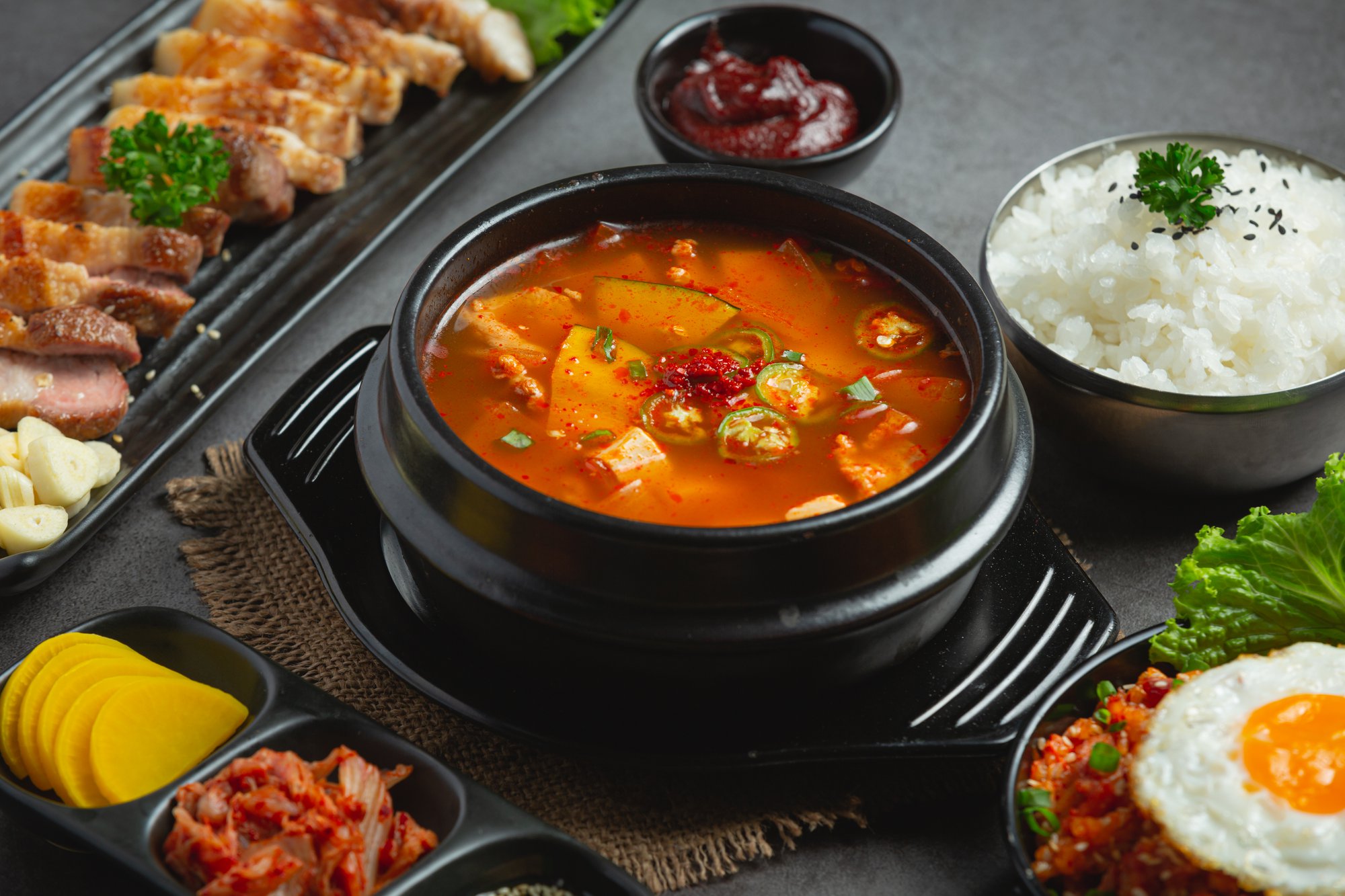
.svg)
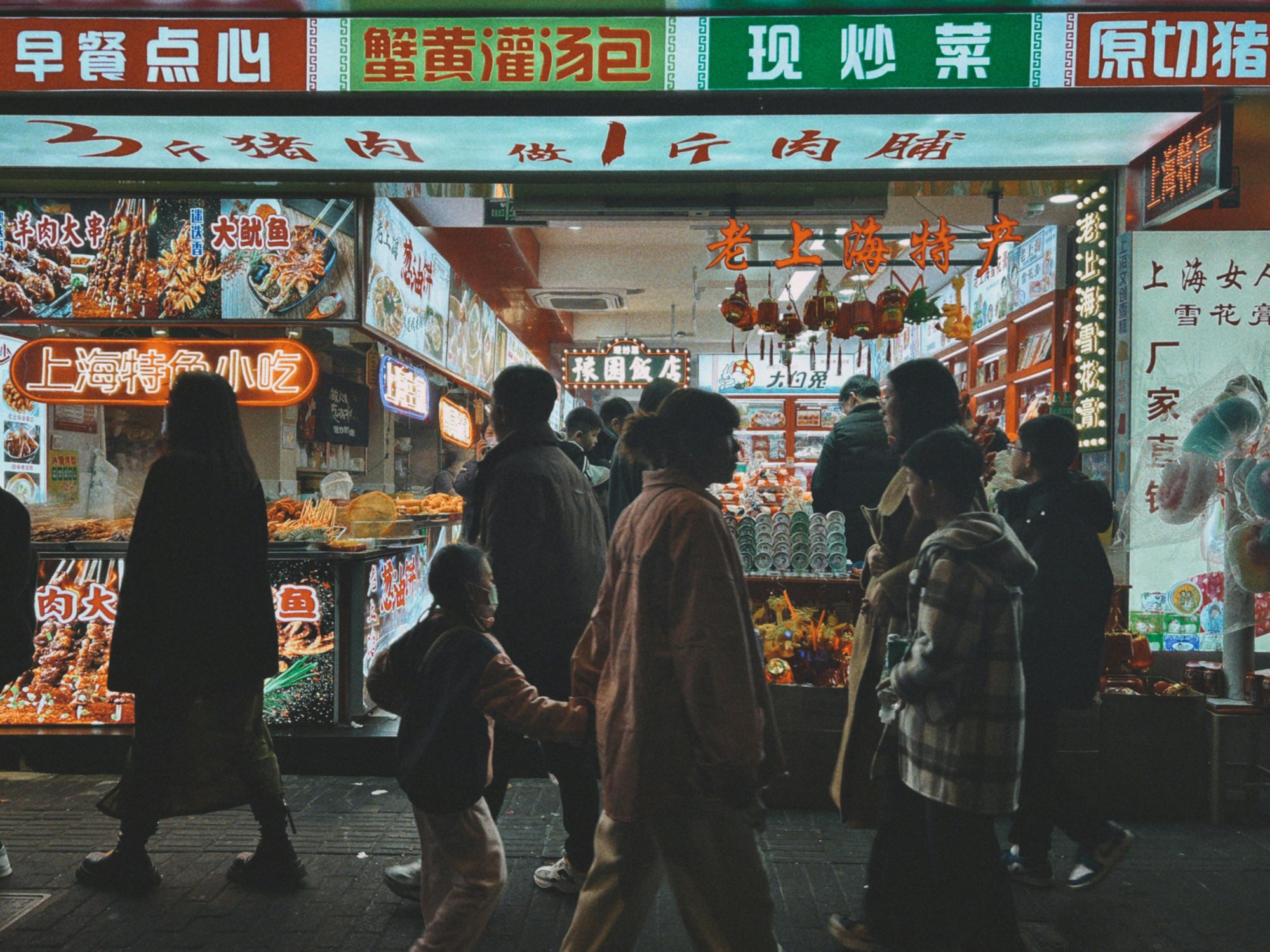
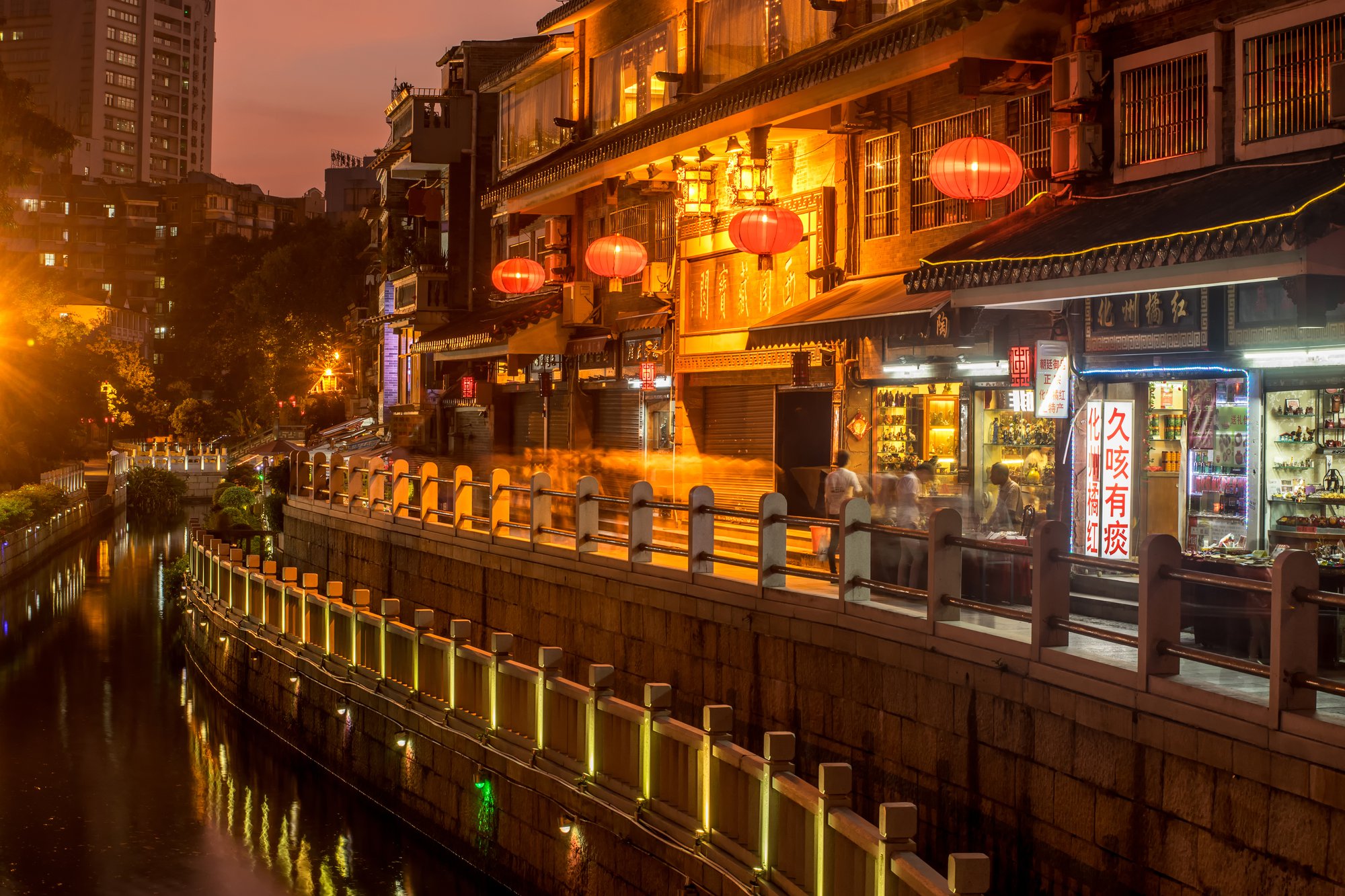

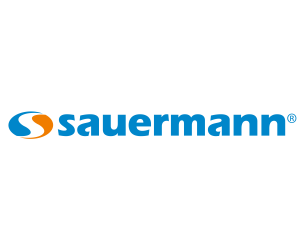
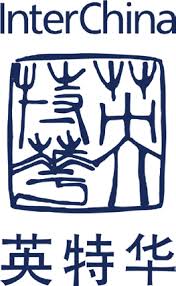



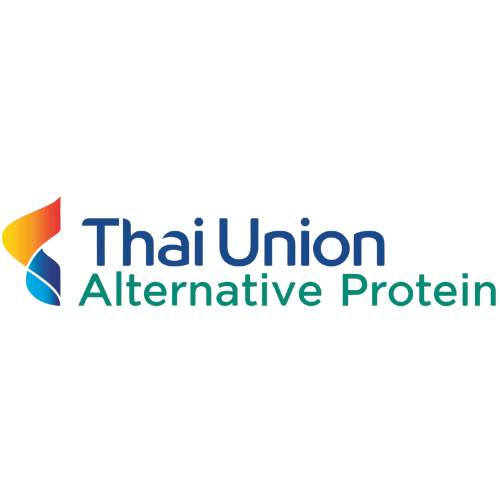














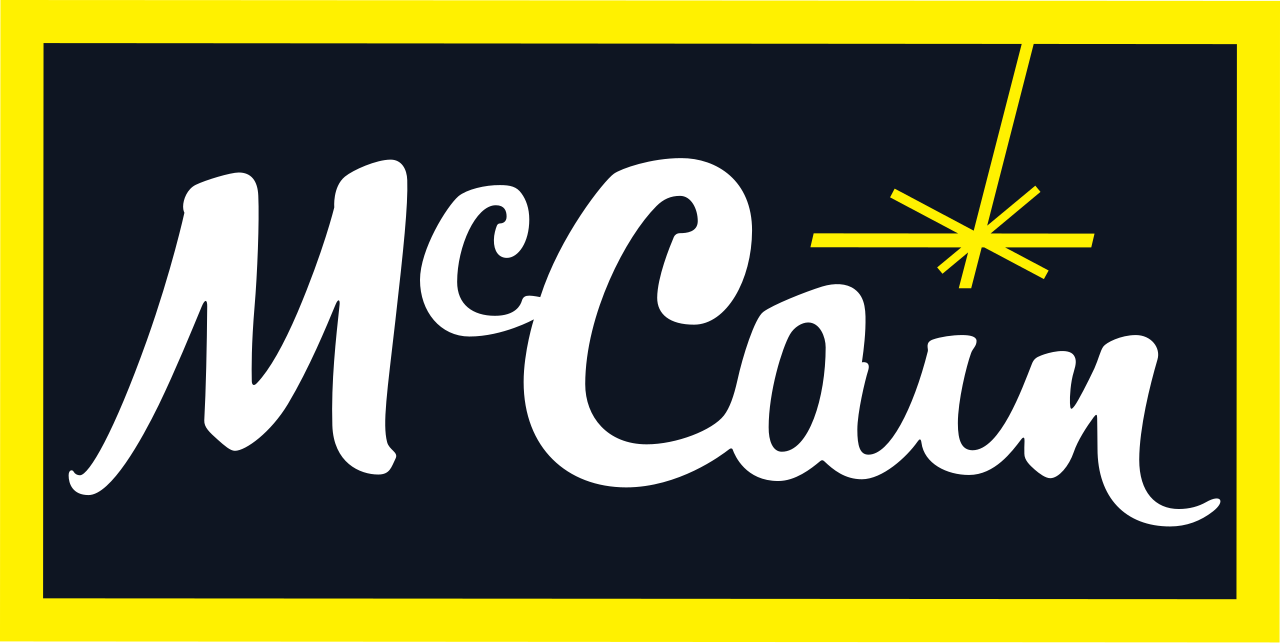














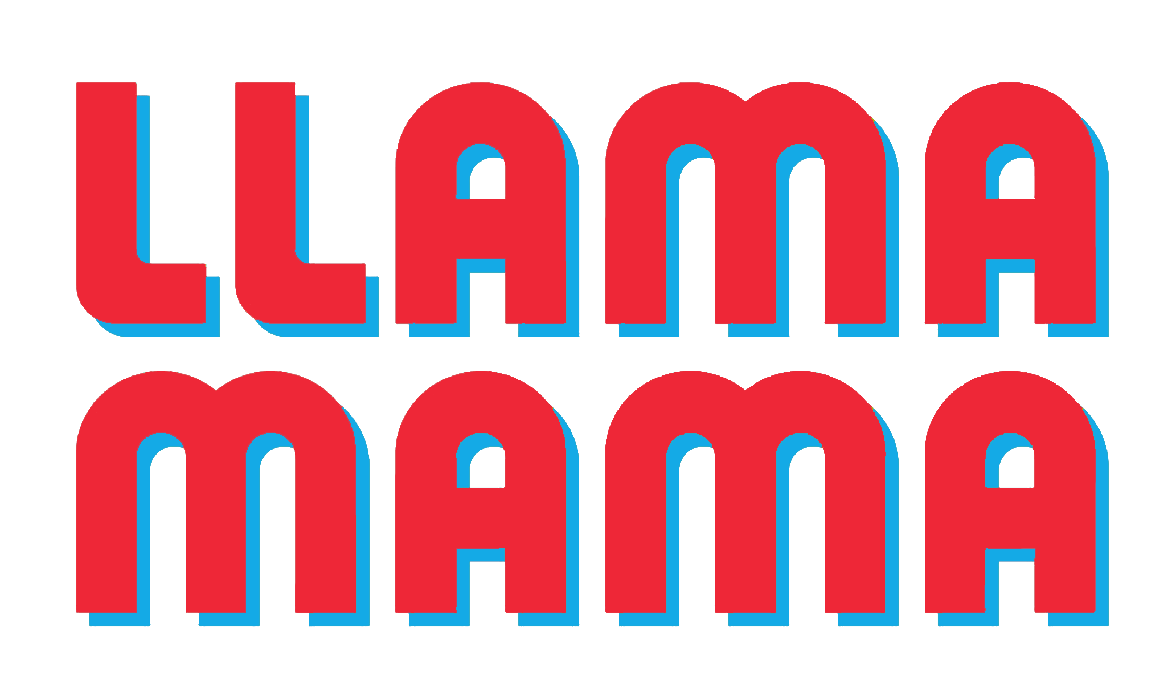





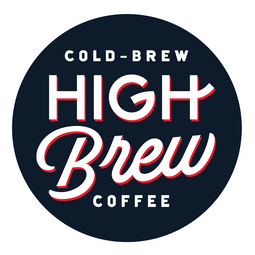

.png)





